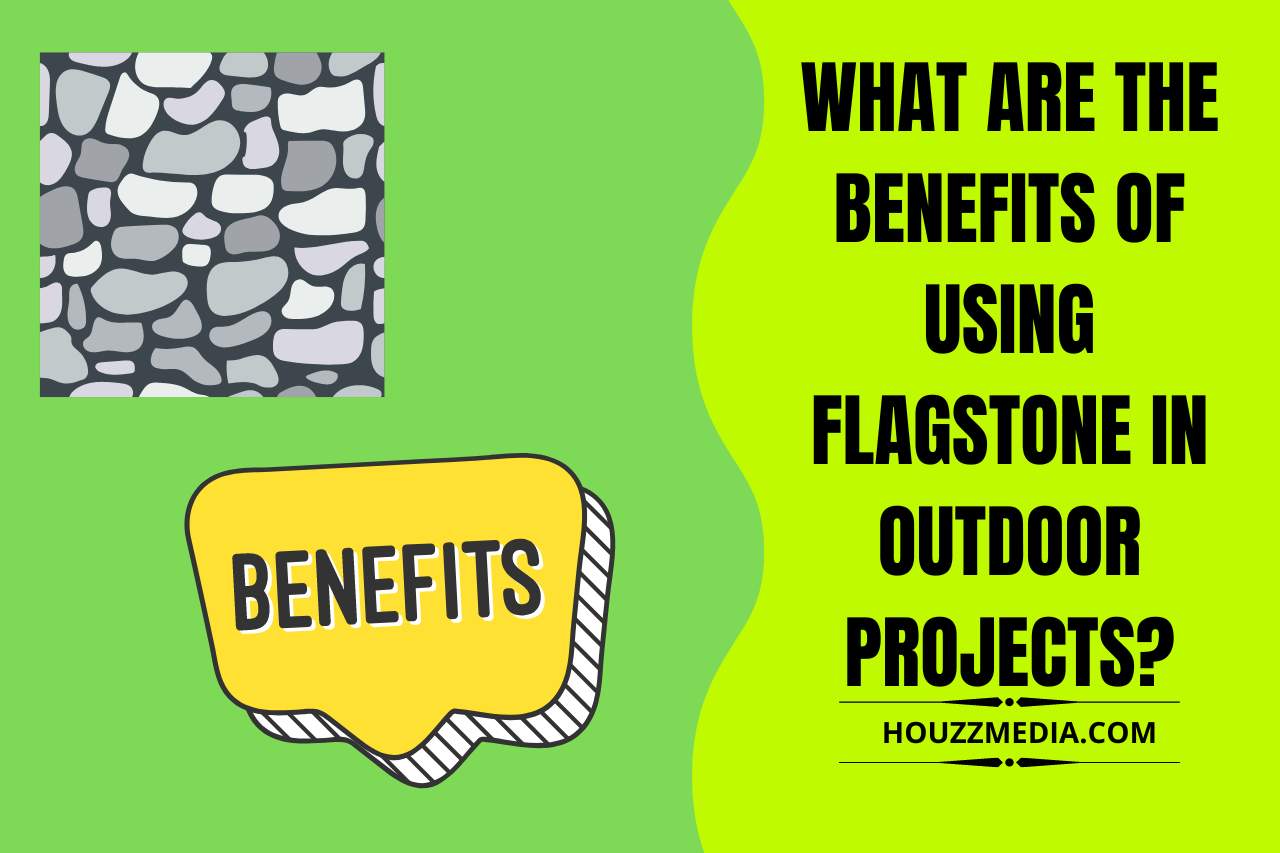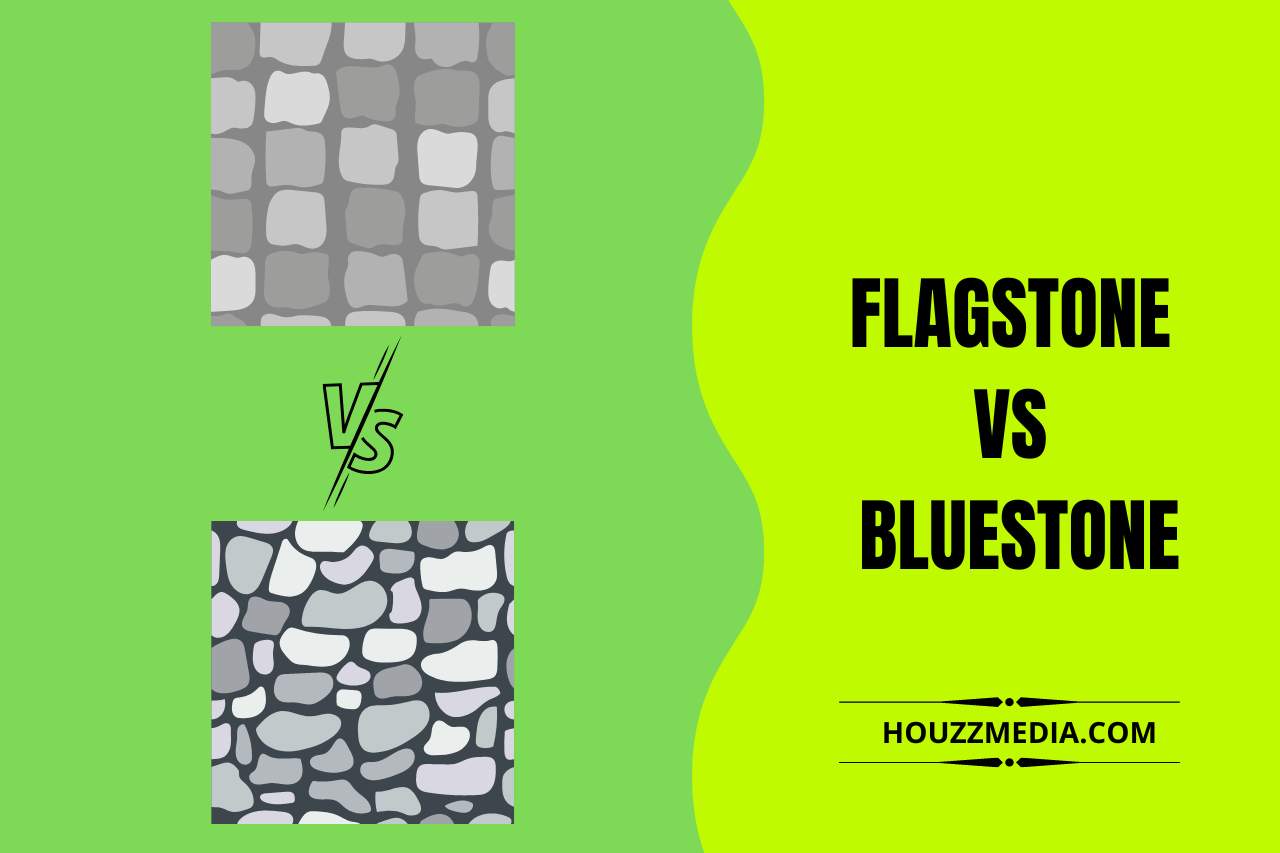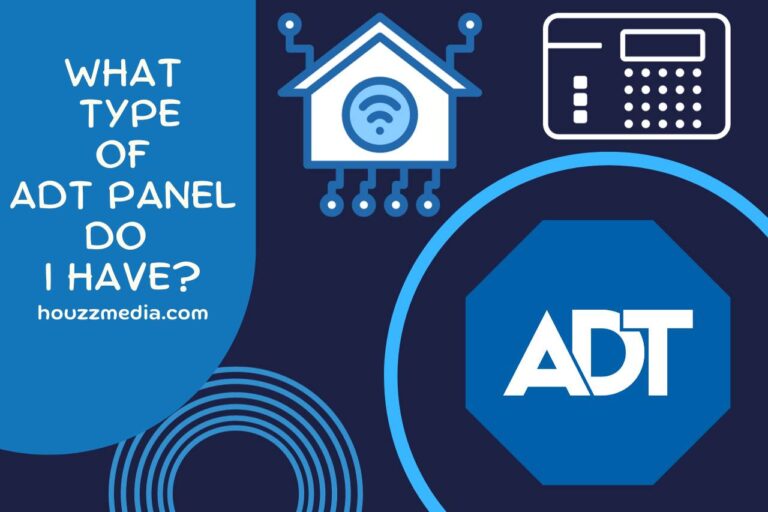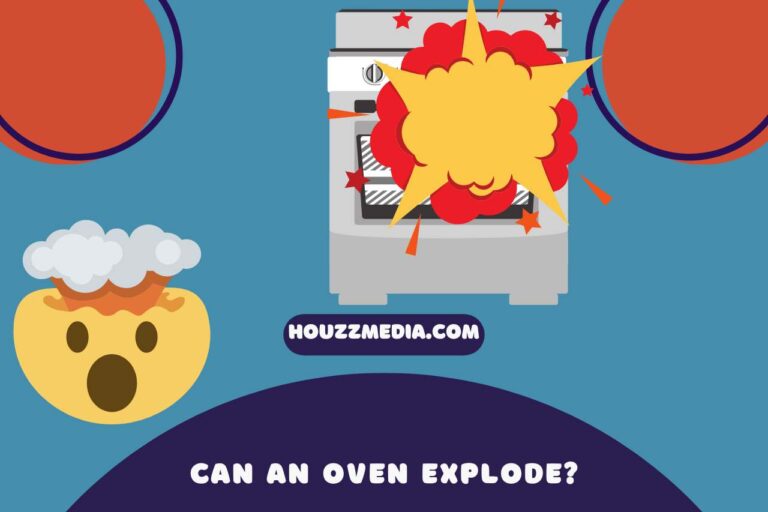Flagstone Vs Bluestone – Which is Right for Your Project?
“A dream of our reality” we all have had those in our lifetime. Sometimes in versions of black and white, and sometimes, those dreams become full of colour, just like the realities in which we are simply happy. A dream to be someone worth everything you need, a dream of a car, a dream of a family, and then comes the dream of a house. Are you still dreaming of completing that pending hardscape project? Why? Are you struggling? We cannot let that happen. We are here to help you with that dream of yours. We’ll see who wins the battle between flagstone vs bluestone.
What are Flagstone and Bluestone?
Flagstones and bluestones are sedimentary materials that you dream of involving in your hardscape project for your home, office, or company.
The aesthetic relevancy of these materials makes them on point with the existing market. Now we will move on to the definitions of each material. First, what are flagstones? Flagstones are the sedimentary anchor of rocks mixed and bound together with minerals and millennia of pressure.
There are many types of flagstones available. Some of them are limestones, slates, and bluestones.
These stones are flat surfaces that can be cut and shaped differently, making them appropriate for a large range of hardscape projects.
What are bluestones? As we mentioned earlier, bluestones are a type of flagstone. This material is a collective form of fusing particles thrown by rivers, oceans, lakes, and other water sources. Bluestones do have a bit of a texture with a bluish-grey colour.
What are the Differences Between Flagstones and Bluestones?
Are you feeling confident about your hardscape project yet? Do not worry. We are still here to help you achieve that dream home. To achieve this, we must choose one material. Hence we will present you contrasts of flagstones and bluestones.
First of all, flagstones are sedimentary rocks that are bound together by minerals and millennia of pressure. At the same time, bluestone is a collection of fused particles thrown out by rivers, lakes, or seas.
That is the main difference between those two materials. Then comes aesthetic preferences. Flagstones have earthier or dirt colours that become a part of nature.
However, the Bluestones have much of a bluish-grey colour. It resonates more with sea and ocean tones. Then the surface of these materials will be discussed. The flagstones have a textured surface, which makes them look more natural, while blue stones have moderately textured surfaces. Even in that aspect, bluestone resonates with the sea and the ocean.
However, bluestone is much steadier and adopts more easily than flagstones. Bluestones are also weather resistant. Nonetheless, the flagstones also provide weather resistance as it also limits the surface’s probability of water pooling.

What are the Benefits of Using Flagstone in Outdoor Projects?
The use of flagstones for outdoor projects is colossal. There are specific reasons behind this massive intake of flagstones when people are working with outdoor hardscapes.
Here, we will discuss more all the reasons why a flagstone is much more reliable for outdoor projects. First of all, flagstones are highly reliable and durable. Therefore, it is less likely to crack open when exposed to several environmental elements.
Moreover, the flagstones are not usually damaged using pests and termites. The most amazing thing about flagstones is that they are always available. As flagstones are commonly used materials, the shops often restock them. Thus, you will be presented with various colour options if you shop for flagstones.
Flagstones, as mentioned earlier, can be cut or shaped into any shape, making them easy to work with. Flagstones will not retire soon, causing trouble, which makes it the perfect match for outdoor projects.
What are the Benefits of Using Bluestones in Outdoor Projects?
Here you are still doubting whether there might be a better choice than the flagstones. Therefore here we are again, aiding you to support your doubt.
Bluestone! They also hold a very good reputation when it comes to outdoor hardscapes. Thus we must acknowledge why they are also an option for outdoor landscaping projects.
Bluestones will give your exterior patio a look of materialism while hinting at the aspects of nature and a minimalistic aesthetic. Thus bluestones are a great option if you are chasing a much buggier outlook.
Moreover, they will survive outdoors long as they have tough, dense, and harsh personalities. Bluestones can ignore most of the weather extremities in positive ways.
Bluestones are easy to maintain as they are water-resistant and do not need to be washed frequently. Even when the wash timing is around the clock, you can wash them with regular cleaning liquids.
Which Stone is Better for Outdoor Projects: Flagstone vs Bluestone?
Still stuck! We’ll help you find liberation. Here we will compare both flagstone and bluestone. Then you will be able to choose your own. First of all, we’ll see how these materials are similar to each other. Both of them are used for exterior and interior design and decoration.
And most importantly, you must know that bluestone is another type of flagstone we mentioned earlier in the article. Thus, we shall start with these similarities away from the way to our comparison.
Flagstones are water resistant, durable, and steadier, while bluestones appear the same with these features. However, the flagstones hold their right on more earthly dirtier tones while the blue stones take more bluish colours.
Furthermore, flagstones are mostly pest-proof, while there is no talk about pests on bluestones. However, if you are approaching a much cheaper option, use flagstone, as bluestone is much pricier. Bluestones are very rare, while flagstones are very common.
How to Install Flagstone and Bluestone In Outdoor Projects?
There are two ways to install bluestone or flagstone. The two methods are the sand method and the mortar method. First, we will see the sand method.
You must remove the old patio and then excavate the removed area properly to a depth of a minimum of 8 inches. Then you must add a base. Gravel is a better option, while crushed-up lime stones are even better.
Next, you add sand to suffice your drainage needs. From here on, you have to start installing the edging, and then you can finally place the stone and fill the extra spaces with sand. Then the mortar method. First, you need to prepare and mix the mortar.
Then you can set the stones, starting with larger ones, using a specific pattern. It would help if you levelled it up, let it cure, and filled the space with extra mortar.
Watch this one,
Video Credits – Wicki Stone
You May Also Like






